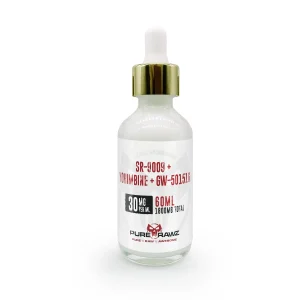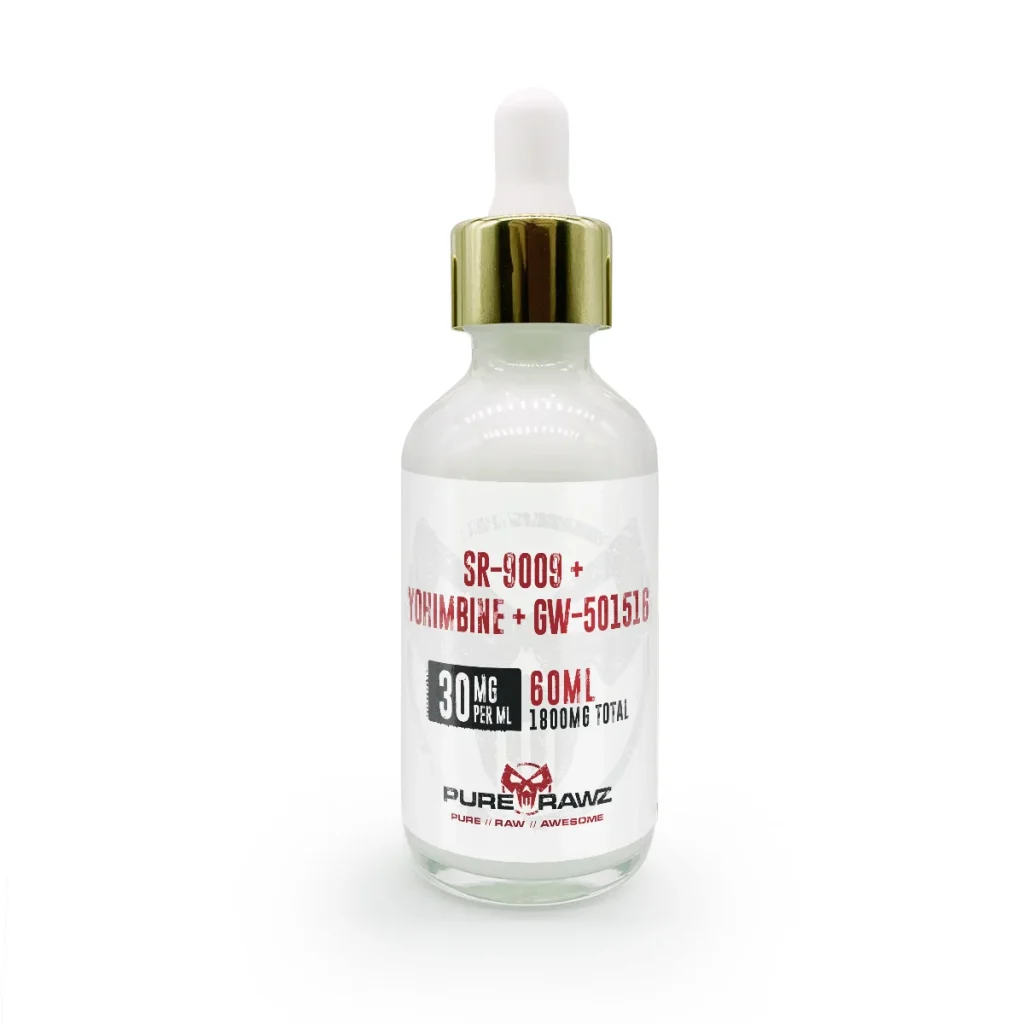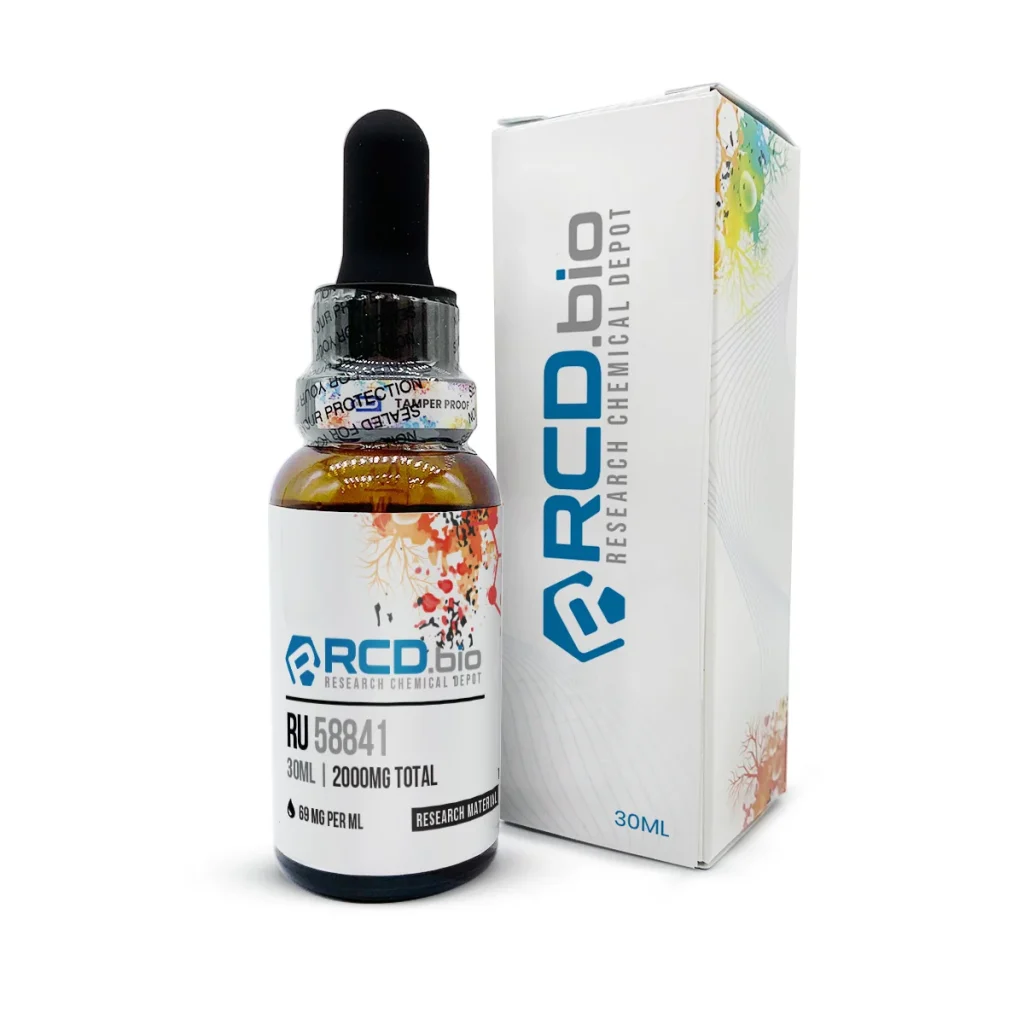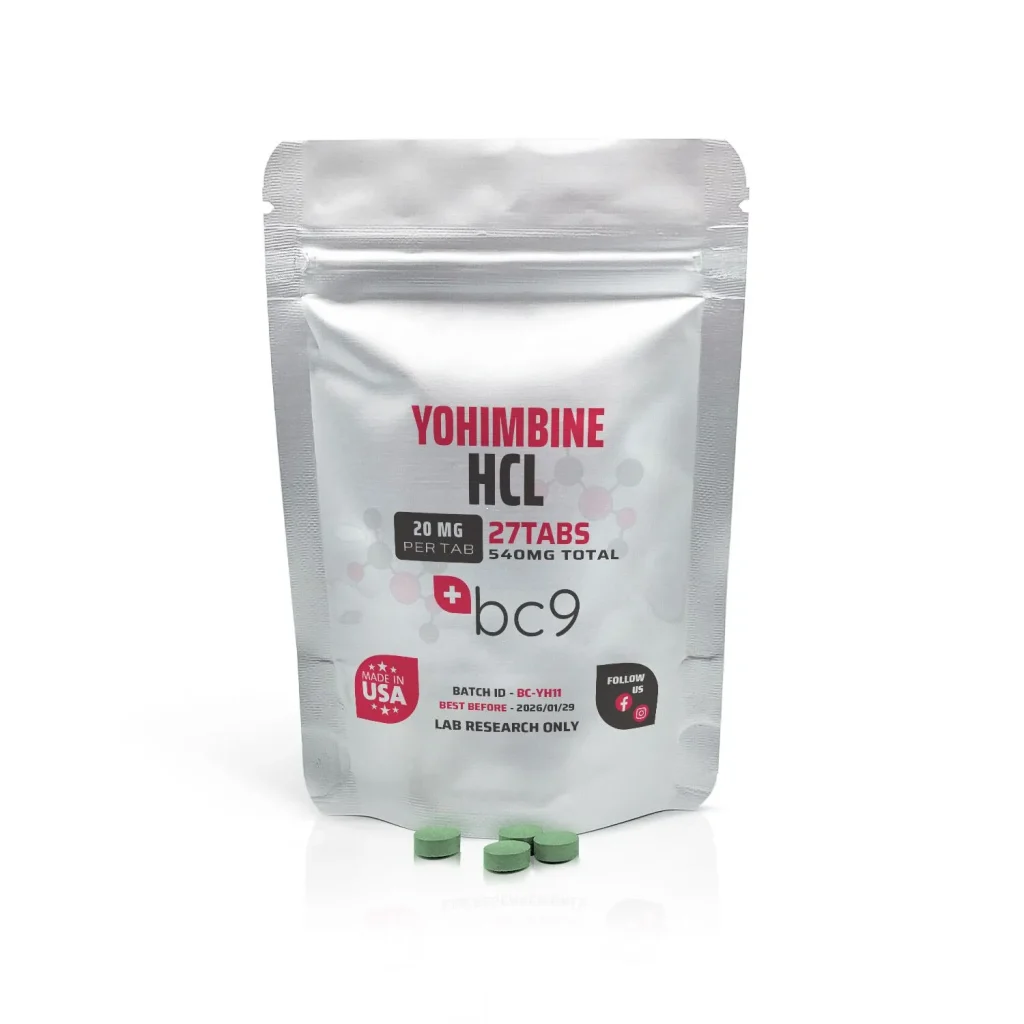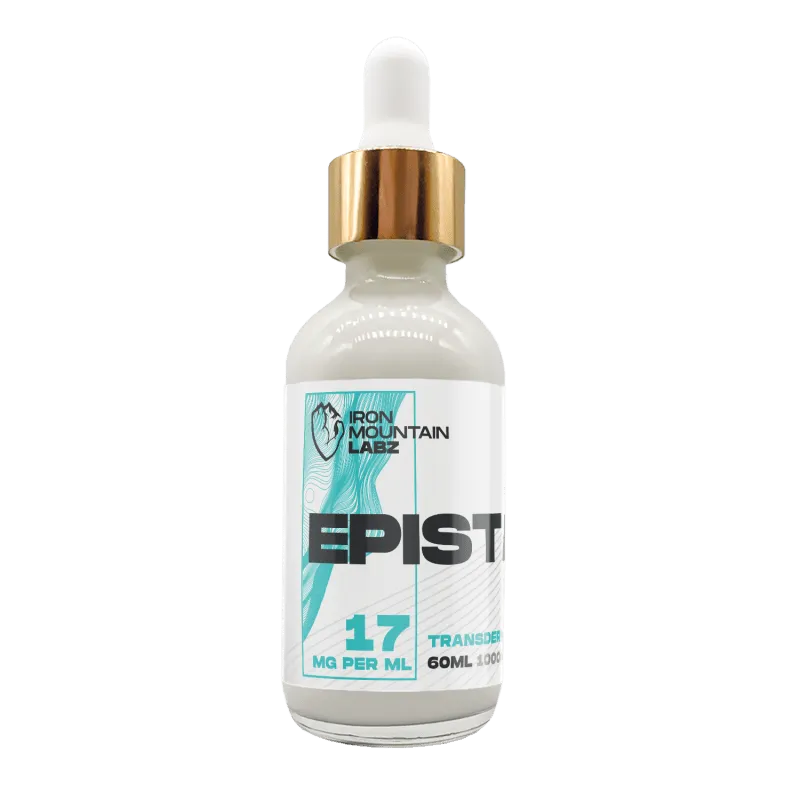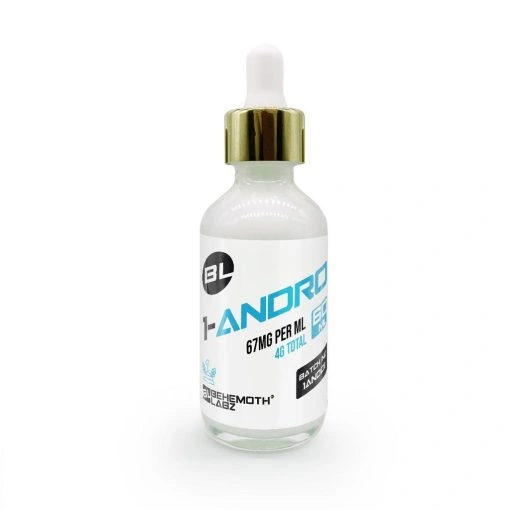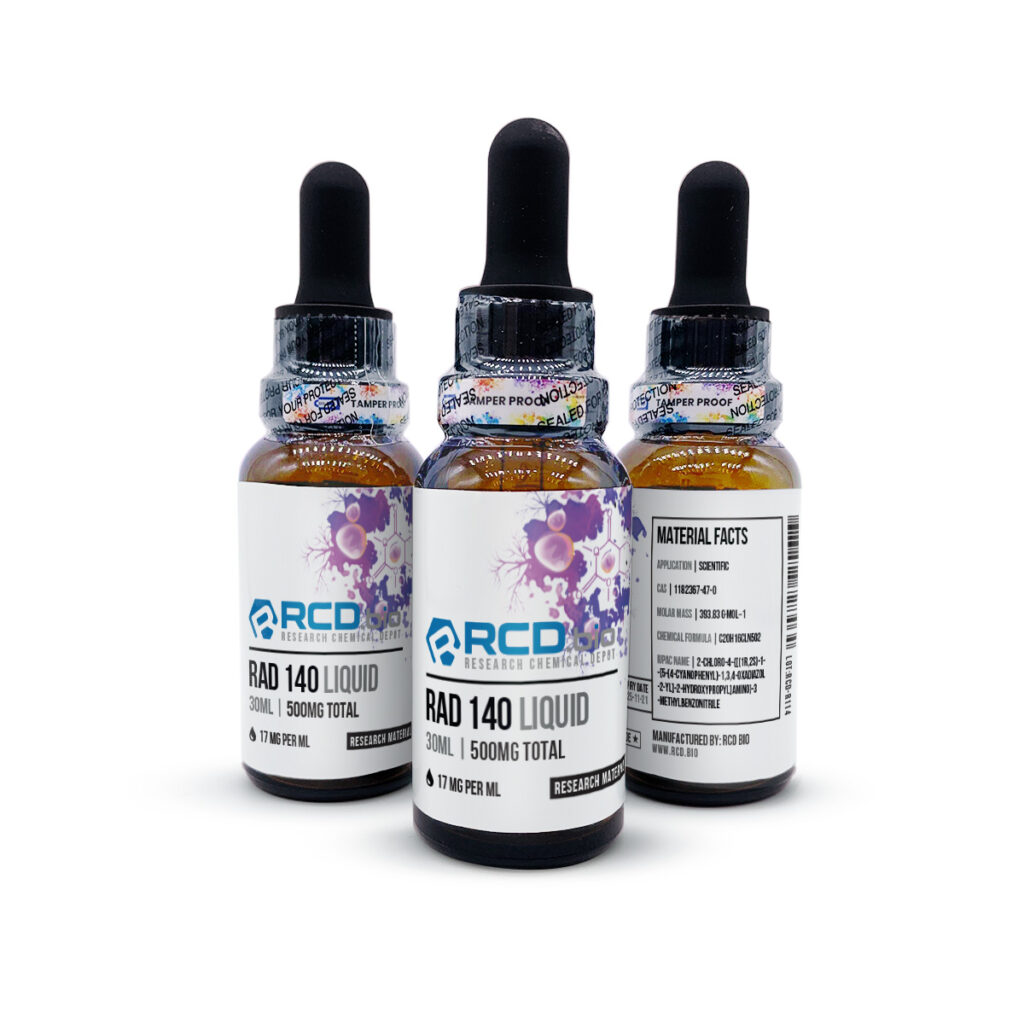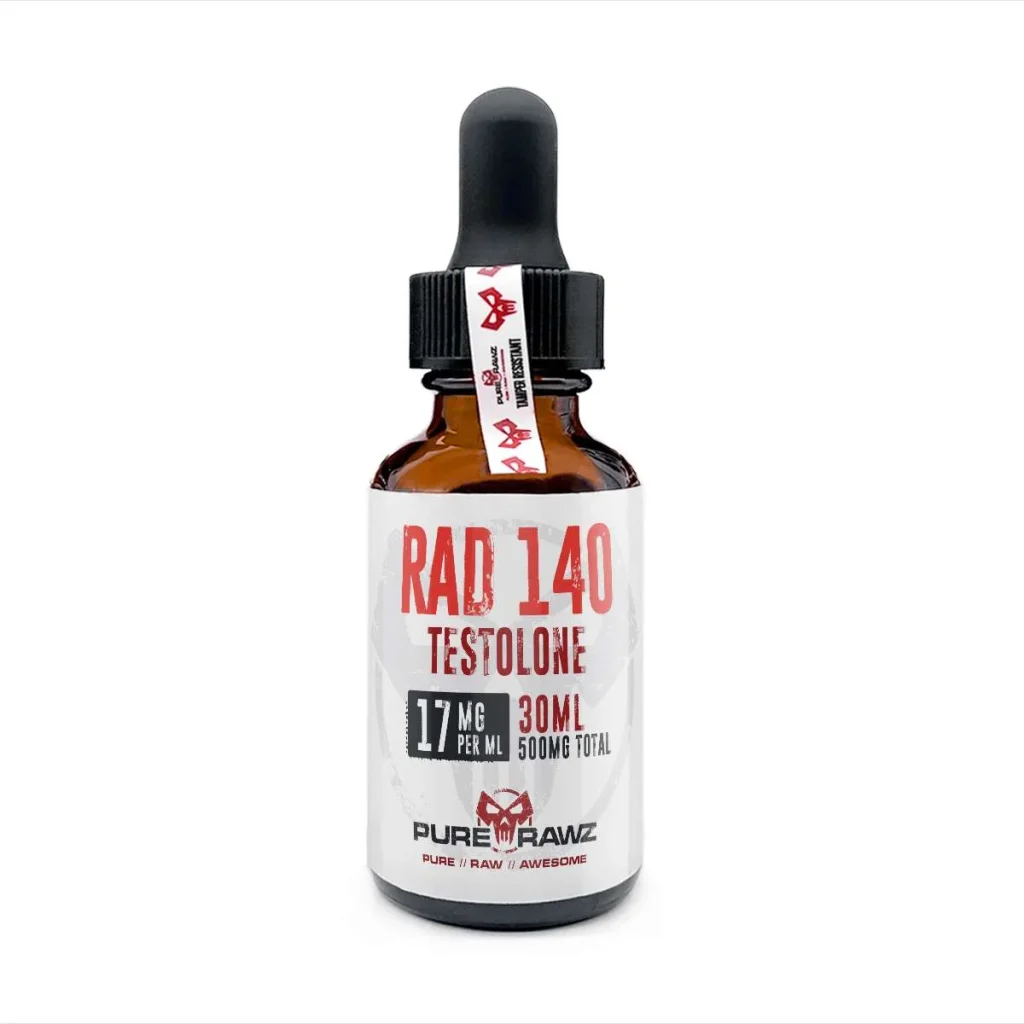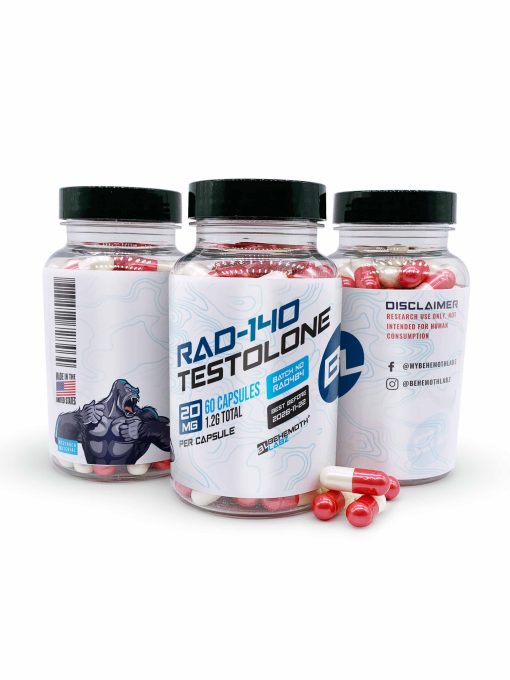Transdermal solutions are pharmaceutical formulations administered through the skin. These solutions are composed of drugs or therapeutic substances that can be absorbed through the skin and enter the bloodstream.
They provide a non-invasive, controlled release route with fewer systemic side effects. They are commonly used for delivering medications like pain relievers, hormones, nicotine replacement therapy, and certain cardiovascular drugs.
Overview of Transdermal Solutions
Some drugs require specialized transdermal vehicles, such as gels, patches, or films, to reach systemic circulation. These vehicles, such as gels, patches, and films, typically include one or more chemical penetration enhancers to increase transdermal penetration and achieve the desired outcome.
With the advancements in modern technology, a wide range of transdermal delivery systems are available on the market for the delivery of hydrophobic and hydrophilic drugs and macromolecules. Transdermal delivery has several advantages over other administration routes, such as eliminating frequent dosing and allowing delivery of drugs with short half-lives (by avoiding hepatic first-pass metabolism). {R}
Types of Transdermal Medication:
Transdermal Patches:
These are adhesive patches containing a reservoir or matrix of medication. The drug gradually penetrates the skin and enters the bloodstream. This sustained release allows for a more controlled and steady delivery of the drug.
Transdermal Gels:
These are gel-based formulations that contain the active ingredient(s) for transdermal absorption. The gel is applied to the skin, and the drug is absorbed through the skin barrier. Gels are often used when a more fluid consistency is desired compared to patches.
Transdermal Creams:
Similar to gels, creams contain active ingredients for absorption through the skin. Creams have a thicker consistency compared to gels and may be used when a more emollient formulation is preferred.
Transdermal Sprays:
Some medications are formulated as sprays for transdermal administration. Some sprays are designed for systemic delivery, though many act locally.
Transdermal Solutions for Iontophoresis:
Iontophoresis involves using a low electric current to enhance the delivery of drugs through the skin. These solutions used for iontophoresis are often electrolyte solutions containing the drug of interest.
How Do Transdermal Solutions Work?
These systems deliver drugs through the skin into the bloodstream. The skin is a complex barrier designed to protect the body from external elements, and its outermost layer, the stratum corneum, is the primary obstacle to drug absorption. Transdermal solutions employ various mechanisms to overcome this barrier and facilitate drug absorption:
image source: wikipedia
Passive Diffusion: The most common mechanism for transdermal drug delivery is passive diffusion. In this process, the drug in the transdermal solution moves from an area of higher concentration (in the solution or patch) to an area of lower concentration (in the skin and eventually the bloodstream). Passive diffusion works best for small, moderately lipophilic molecules with suitable solubility, especially those with specific physicochemical properties. {R}
Enhanced Permeation/ Chemical Enhancers: Formulations may include permeation enhancers, which temporarily alter the skin barrier to improve drug absorption. {R}
Iontophoresis: This technique involves the application of a low electrical current to the skin. The electric field created helps drive charged drug molecules through the skin. Iontophoresis is often used for drugs that have difficulty penetrating the skin barrier on their own. {R}
Microemulsions and Nanoemulsions: The transdermal route may utilize microemulsions or nanoemulsions to enhance drug solubility and skin penetration. These are formulations with small droplet sizes that can improve solubility, stability, and skin penetration of lipophilic drugs. {R}
Benefits of Transdermal Medications:
Transdermal solutions, which are substances delivered through the skin, offer several benefits compared to other methods of administration, such as oral or intravenous. Here are some advantages of transdermal solutions:
Non-invasive Delivery:
Transdermal solutions provide a non-invasive method of drug delivery, avoiding the need for injections or swallowing pills. This can improve patient compliance, especially for individuals who may have difficulty with traditional forms of medication. {R}
Steady and Controlled Release:
Transdermal patches or gels can provide a controlled and sustained release of medication over an extended period. This helps in maintaining a steady concentration of the drug in the bloodstream, which can be particularly beneficial for drugs that require constant levels for optimal efficacy. {R}
Reduced Side Effects:
By bypassing the digestive tract, transdermal delivery may reduce gastrointestinal side effects, though systemic effects can still occur. {R}
Convenience and Comfort:
Transdermal solutions are often more convenient for patients, as they eliminate the need for frequent dosing. Patches, in particular, can be applied once or twice a day, providing a sustained release of medication. Convenient for patients, with less frequent dosing. {R}
Improved Bioavailability:
A transdermal drug delivery system can enhance the bioavailability of certain drugs by avoiding the challenges of absorption in the gastrointestinal tract. This can be particularly advantageous for drugs that have low oral bioavailability. {R}
Avoidance of Digestive Enzymes:
Some other types of solutions deliver drugs that are susceptible to degradation by digestive enzymes in the stomach or liver. Transdermal delivery allows these drugs to bypass these enzymatic barriers, leading to a more efficient delivery to the bloodstream. {R}
Customizable Dosage:
Transdermal systems can be engineered for controlled dosing over a set duration, allowing for customization based on the patient’s needs. This precision can be particularly beneficial for drugs with a narrow therapeutic window.
However, while transdermal drugs offer these advantages, they may not be suitable for all types of drugs or medical conditions. The effectiveness of transdermal delivery depends on factors such as the drug’s properties, molecular size, and the permeability of the skin. Additionally, patient factors, such as skin condition and individual variability, can influence the success of transdermal drug delivery. {R}
Find The Best Prices For Transdermal Solutions
Potential Side Effects of Transdermal Medications
Topical drug delivery, like any medication, can potentially cause side effects. Here are some general considerations regarding the potential side effects of transdermal solutions:
Local Skin Reactions:
Irritation such as redness, itching, or irritation at the application site is a common side effect.
Erythema (skin redness):
Some patients may experience localized swelling, rashes, or edema at the application site.
Cardiovascular Effects:
Changes in Blood Pressure: Certain medications that enable transdermal delivery through patches, especially those for cardiovascular conditions, may affect blood pressure.
Allergic Reactions:
In rare cases, individuals may be allergic to components of the transdermal solution, leading to more generalized reactions such as hives or difficulty breathing.
Systemic side effects such as headache, nausea, or vomiting may occur depending on the drug delivered.
Where to Buy Transdermal Solutions Online?
Transdermal medications and other compounds should only be obtained through licensed pharmacies with a prescription. Online ‘research chemical’ sites may not provide safe or approved products.


